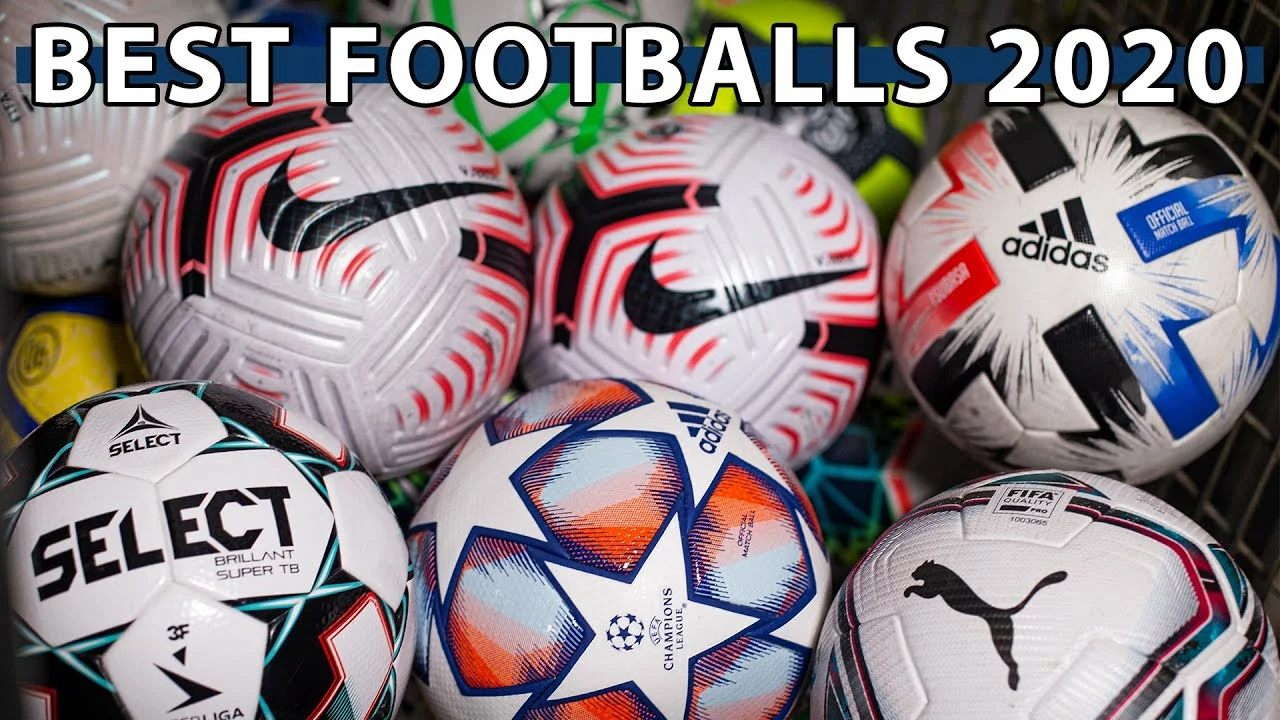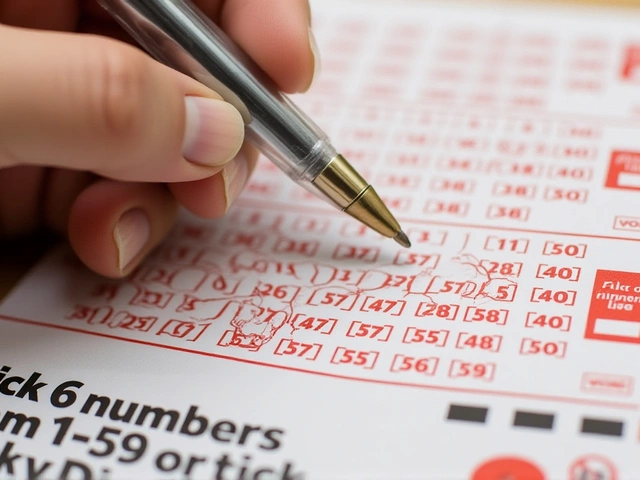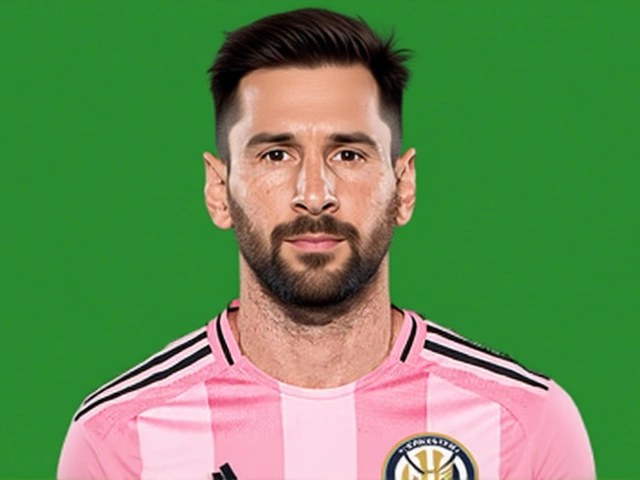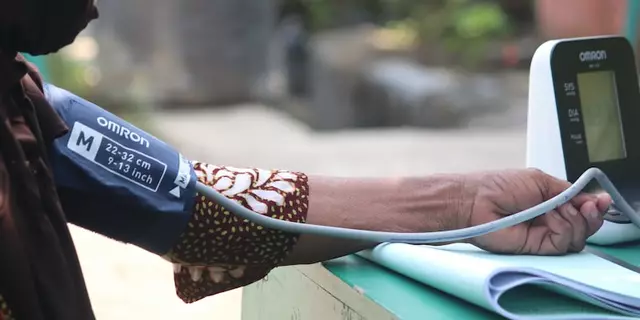Everything You Need to Know About the Soccer Ball
When you step onto the pitch, the ball is the star of the show. It’s not just a lump of leather – it’s a piece of technology that has changed a lot over the years. In this guide we’ll walk through how soccer balls have evolved, what makes a good ball, and how to pick the right one for you.
How the Soccer Ball Got Its Shape
Early footballs were made from animal bladders wrapped in leather. Those balls bounced oddly and soaked up water. By the 1930s manufacturers started using panels of leather sewn together, creating a more predictable shape. The classic 32‑panel design – 20 hexagons and 12 pentagons – became the standard after the 1970 World Cup. Today, most balls use synthetic panels that stay dry and keep their shape longer.
Different Types of Balls and When to Use Them
Not every ball is built for the same job. Here’s a quick rundown:
- Training balls are cheap, durable, and perfect for practice sessions.
- Match balls meet official size and weight rules. They usually have a smoother surface for better flight.
- Futsal balls are smaller and have less bounce, designed for indoor play.
- Beach soccer balls are softer and lighter so they don’t sink in sand.
If you’re playing for fun in the park, a training ball will do. For a league game, stick to a certified match ball.
Choosing the Right Ball for Your Game
Here are the key things to look at when you shop:
- Size – Size 5 is the official adult size, size 4 for youth, and size 3 for kids.
- Material – Synthetic leather (often called PU) feels soft and lasts longer than real leather.
- Surface – A textured surface helps grip the grass and improves control.
- Weight – Official balls weigh between 410‑450 g. Too heavy and they drain your stamina; too light and they fly off the foot.
- Brand and Certification – Look for a FIFA‑approved label if you need a ball for official matches.
Try kicking a few balls in the store. The one that feels right in your foot is usually the best choice.
Keeping Your Soccer Ball in Top Shape
A ball that’s cared for lasts years. After each game, wipe off mud and let it dry. Don’t store it in direct sunlight – heat can warp the panels. If the ball loses air, use a hand pump with a needle that fits the valve. Check the pressure once a month; most balls need about 0.6–0.8 bar (8.7–11.6 psi).
Remember, a good ball makes passing smoother, shooting more accurate, and heading safer. Whether you’re a kid learning to dribble or a veteran watching the Dons from the stands, the right soccer ball adds a lot to the experience.
So next time you grab a ball, think about its history, its make, and how you’ll use it. A solid pick will keep you confident on the pitch and bring more joy to every kick.





